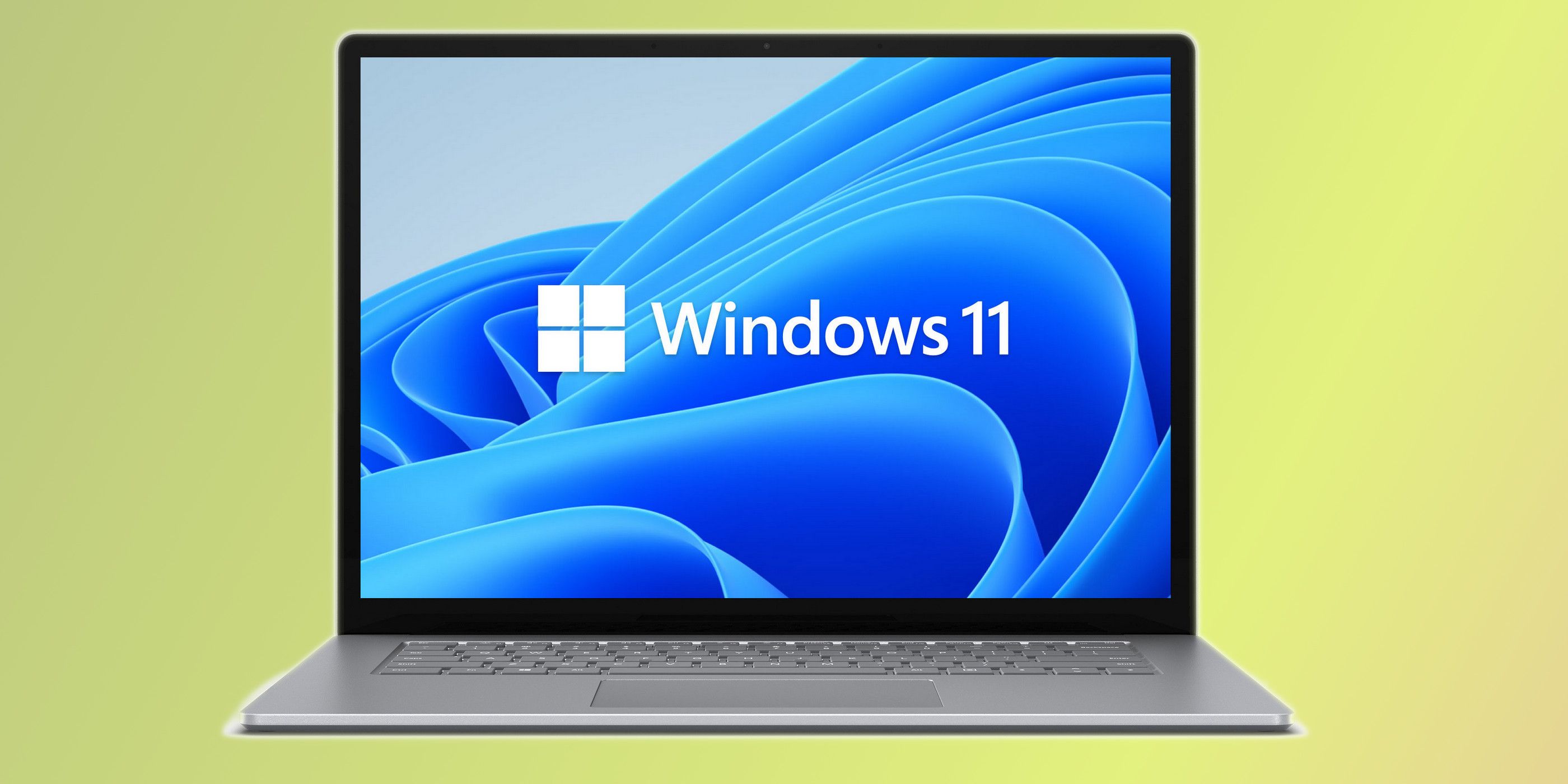Microsoft appears to be tired of the crappy webcams on laptops just as much as users. To change this, the Redmond-based company has released a set of minimum requirements for manufacturers to follow for new Windows 11 laptops that will be launched this holiday.
Webcams have always been of poor quality for years, but the spotlight beamed on this flaw when, due to the COVID-19 pandemic, most people began to work and study from home and use their webcams for video calls. While a few laptops including some of Microsoft's own Surface computers and Apple's new MacBook Pros have upgraded webcams, most computers still have less than stellar cameras.
An exclusive document sent by Microsoft to OEMs detailing requirements for webcams, microphones, speakers, and real-time collaboration in general for entry-level, mainstream, and premium laptops has surfaced thanks to NotebookCheck. The document even mentions the “impact” if manufacturers fail to implement the requirements. Per the requirements, Microsoft has made it mandatory for all premium laptops to have a 1080p 30fps webcam with a horizontal field of view of 75º and a vertical field of view of 60º. Entry-level laptops can still use 720p webcams but their dynamic range should be ≥33 dB while spatial and temporal signal-to-noise ratio (SNR) should be ≥30 dB and ≥33 dB respectively. Mainstream Windows laptops can also have 720p webcams but with support for ≥20 fps at 20 lux and ≥30 fps at 80 lux. Two requirements that cut across categories are an LED that is visible when the webcam is on and a webcam that is at eye level. The latter puts an end to manufacturers who experiment with awkward webcam placements such as placing it between the function keys on the keyboard.
Better Microphones and Speakers Too
Microsoft is not stopping at cameras but also setting standards for microphones and speakers. Entry-level laptops should have at least a dual-microphone array with a range of 0.8m and be able to work even with the lid closed. Mainstream and premium laptops should offer a quad-mic area with a range of up to 4m, work when closed, and a signal-to-noise ratio of > 65 dB(A) and > 67 dB(A) respectively. Consumers should also see the end of low-quality speakers on laptops as Microsoft's document says that entry-level laptops should have a loudness of at least 67 dB(A), 70 dB(A) for mainstream laptops, and 73 dB(A) for premium laptops.
All of these new requirements sound promising even though they are arriving late. Some may even question the timing considering that a lot of workplaces have their employees back working in their offices or are planning to do so next year. Regardless of whether one works from home or the office, webcams need to be better. However, there is a chance that this may lead to an increase in the retail price of new Windows notebooks as manufacturers may want to pass on the added cost accrued from meeting the requirements to consumers.
Next: How To Rename Your Windows 11 PC To Reflect Your Personality
Source: NotebookCheck


